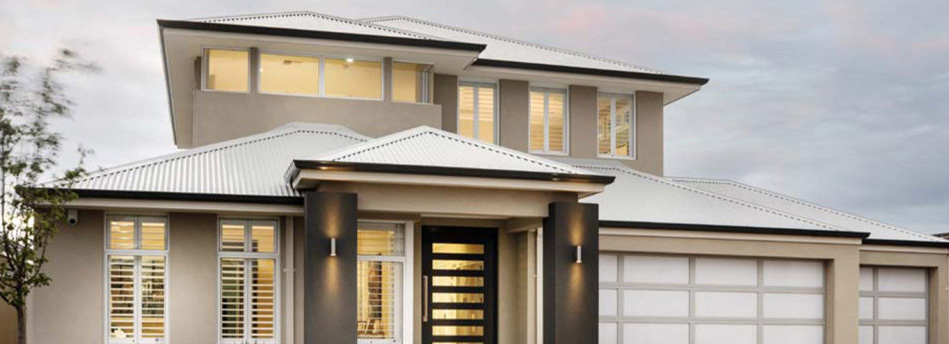There are many possible parts of the roof potentially leaking but one of the most common ones is the area around the roof vent.
Wind driven rain getting inside roof vent pipep.
The only time that rain causes problems at a roof vent is when the flashing called a boot in the construction trades is damaged.
In other words water may not flow down to eaves on the windward side but instead can be driven up the roof to the peak.
Vent pipes penetrate all the way through the roof in several locations of the house and each one needs to be maintained to keep water out.
The roof vent pipe is installed cut through the roof and around the pipe attached to the roof is surrounded with rubber boot as insulation for the gap between the pipe and roof.
In that path it passes vents on the roof.
Sometimes wind and roof vents do not get along well.
They are identified as having passed florida building code s product approvals or testing.
N most roofing manufacturers now make ridge vents that have passed wind driven water tests.
Even a partially dislodged ridge vent can begin to act like a scoop that collects wind driven rain and directs it into the attic.
When your roof was installed each vent pipe received a flexible boot to seal water around the round surface of the vent pipe.
Rain water that runs down a plumbing vent pipe at the roof goes into the house drain system at a point past the traps at the plumbing fixtures that keep sewer gas out of the home and heads harmlessly out to the sewer or septic tank.
Change the vent type to stop the banging noise.
If you hear a banging noise coming through your bathroom vent when it is windy chances are that the wind is picking up the vent flap and then letting it bang closed.















































